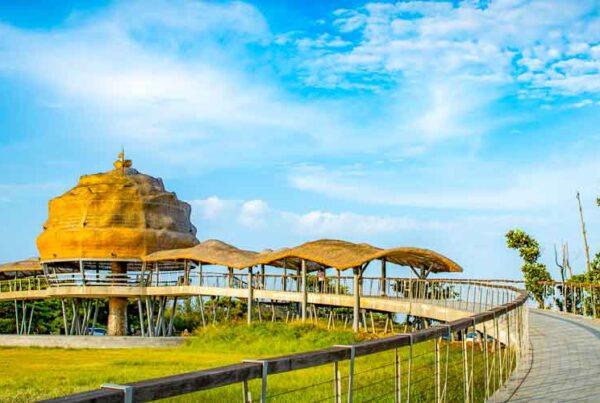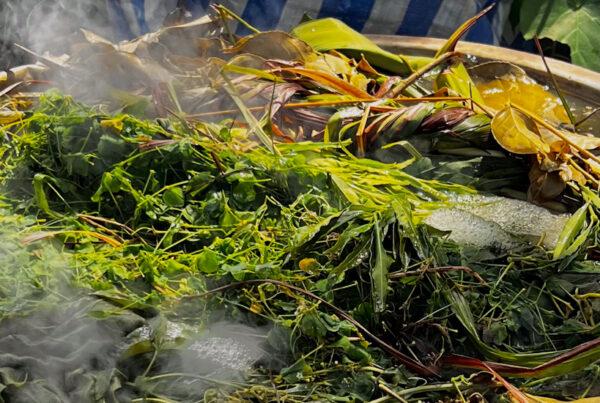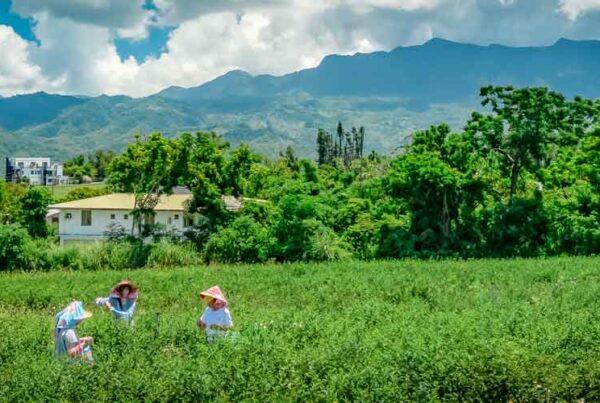New Beginnings with Sacred Origins
Text: Francesca Chang
Photos: Francesca Chang, April Chen

It’s December 31, 2018. Taiwan is home to one of the tallest buildings in the world, twenty Michelin-star restaurants, and a predominantly Mandarin-speaking population (with English as a second language). But long before the Han Chinese dominated this “beautiful island,” (the literal translation of the Portuguese colonial-age name for Taiwan, “Isla Formosa”) Taiwan was inhabited not only by the ancestors of the current indigenous tribes, but also to earlier, advanced societies that lived and thrived on the island’s natural resources. Thus, it only seemed fitting to move forward by looking back. So we rang in the new year on Isla Formosa with a visit to one of the oldest, ancient civilization sites ever discovered on the island: the Beinan Cultural Park.
Our journey began in Taipei where a private, chartered flight awaited us to view the first dawn of the new year. After watching fireworks shoot off in harmony from the towering, bamboo-inspired Taipei 101, currently the 10th tallest building in the world, we headed to Taipei Songshan Airport at 4:30am to catch a flight destined for the county of Taitung, home to the Beinan Cultural Park as well as the indigenous Puyuma and Amis tribes who continue their culture and traditions in the surrounding villages. A group of less than 100 people boarded the plane, including tourists from Australia, Hong Kong, Hawaii, Japan, and the Philippines.
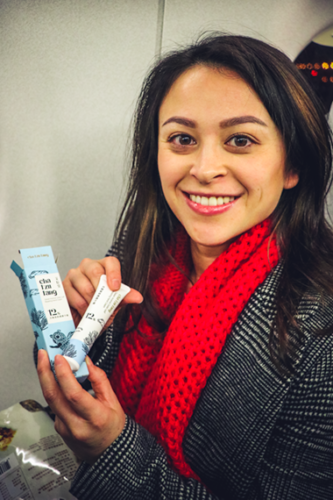
A thoughtfully prepared gift bag filled with Taiwan’s famous snacks (pineapple cakes, nougat crackers, tea, and locally crafted toiletries) revealed just a glimpse of the hospitality that pervades the island.
Nothing but a black sky and a few raindrops on the window panes could be seen, so we buckled up and set our hopes towards the horizon as the pilot prepared us for takeoff.
At 10,000 feet, the sky began to faintly glow, revealing a few cumulus clouds and a shy sun. We were heading East, just over the coastline’s picturesque county of Yilan, before the pilot turned South. With the Pacific Ocean to our left and the Central Mountain range to our right, the passengers on the left side of the plane were the first to see the sun break through the darkness, creating an amber hue with an increasing amount of illuminated clouds.

Aware of the fast-approaching first light, the pilot circled the plane so that passengers on the right could also experience the same beauty. The sun began to peek over the sea of voluminous clouds, lighting up the horizon and revealing a beautiful grey-blue sky.
The pilot circled again and continued to head South, eventually passing over Hualien, home to one of the world’s deepest marble canyons inside the Taroko Gorge National Park.

The ball of fire outside our windows broke over the clouds and then slowly melted into a warm, yellow layer of the sky, highlighted by orange and blue tints above and below. Green Island could soon be seen from a distance, and before the final descent to the Taitung airport, the pilot circled one last time to allow all guests a final chance to marvel at this once-in-a-lifetime experience above the Pacific Ocean.
As the plane’s wheels touched the ground and gently rolled across the airport, we were greeted with yet another surprise: fire trucks parked on either sides of our landing spot blessed the plane with a shower, spraying both sides of the plane with a fire hose to symbolize the Chinese idiom that means “May the water bless you with prosperity.” We descended the plane and stepped directly onto the runway, the Central Mountain Range on our left obstructed by clouds, yet still looming down at us.
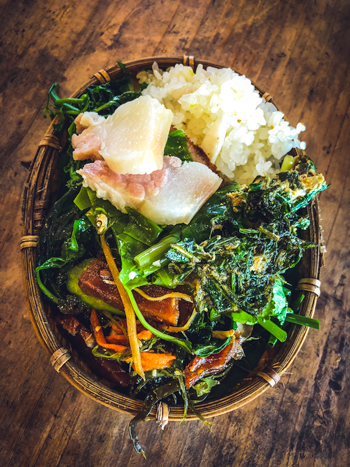
A lovely breakfast made with fresh, local ingredients awaited us, including “abaye,” an indigenous snack made from sticky millet wrapped in an inedible shellflower leaf. Hot milk tea spiked with local millet wine provided warmth as well as a pick-me-up for any sleepy guests.
After feeding our souls, we embarked on a tour of the local Puyuma villages, led by an English-speaking Taiwanese guide and a local tribe member. Together they then brought us to the Beinan Cultural Park, the most complete prehistoric settlement on the island filled with archaeological and anthropological wonders from the Neolithic Beinan people who lived there 2,000 to 3,000 years ago.

After a humbling look into life before our time, we were graciously invited to dine on the cliffed coasts of the Pacific Ocean with the Amis tribe, who gave an interactive and lively presentation of the dining rituals of their matriarchal society. The female guests thoroughly enjoyed being served by the male guests who volunteered to serve the food!

The Amis tribe says that “the mountains are their refrigerator,” and so we enjoyed a fresh and hearty meal with locally-grown ingredients before learning how to make mochi with the tribe members. The remainder of the day was filled with touring the East Coast Scenic Area, including stops at Jialulan – a seaside park on the ocean adorned with indigenous art – Seashore Park, and Taitung Forest Park, each uniquely beautiful in its own way.

With the rise of the first dawn, we had flown back in time. After nightfall, we finally returned to the airport to catch our flight back to Taipei. The same black sky that greeted us in the morning returned, only this time we looked up at it filled with high hopes and a newfound appreciation for the humanity that connects us all!

About the author









